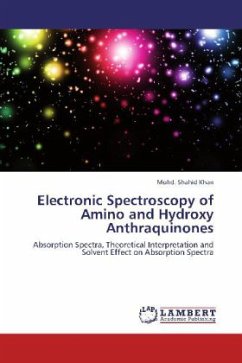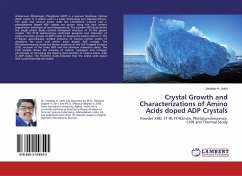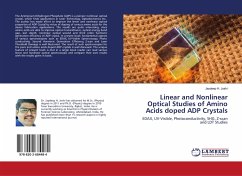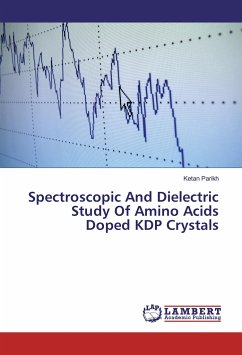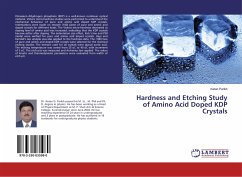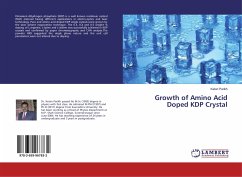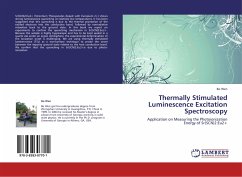The amino and hydroxy anthraquinones possess numerous chemically and biologically significant properties and as a group are also of considerable practical importance in the production of dyes & intermediates and as model compounds to gain fundamental information. These derivatives of anthraquinones have found important applications as prominent family of pharmaceutically active and biologically relevant chromophores. A detailed and comprehensive study of electronic absorption spectra of anthraquinone and its hydroxy and amino derivatives and their theoretical interpretation are presented. The effect of solvents on the electronic absorption spectra of anthraquinones is studied using twenty four solvents of different polarities. A careful study of the effect of solvents on the electronic spectra of anthraquinones reveals that the hydrogen bonding effects are of considerable importance in understanding the spectral shifts in the charge transfer transitions. The spectral shifts in various solvents indicate that their values mainly depend on the strength of the hydrogen bonds between the substituent groups and the solvent molecules and the extent of the intramolecular hydrogen bonding.
Bitte wählen Sie Ihr Anliegen aus.
Rechnungen
Retourenschein anfordern
Bestellstatus
Storno

